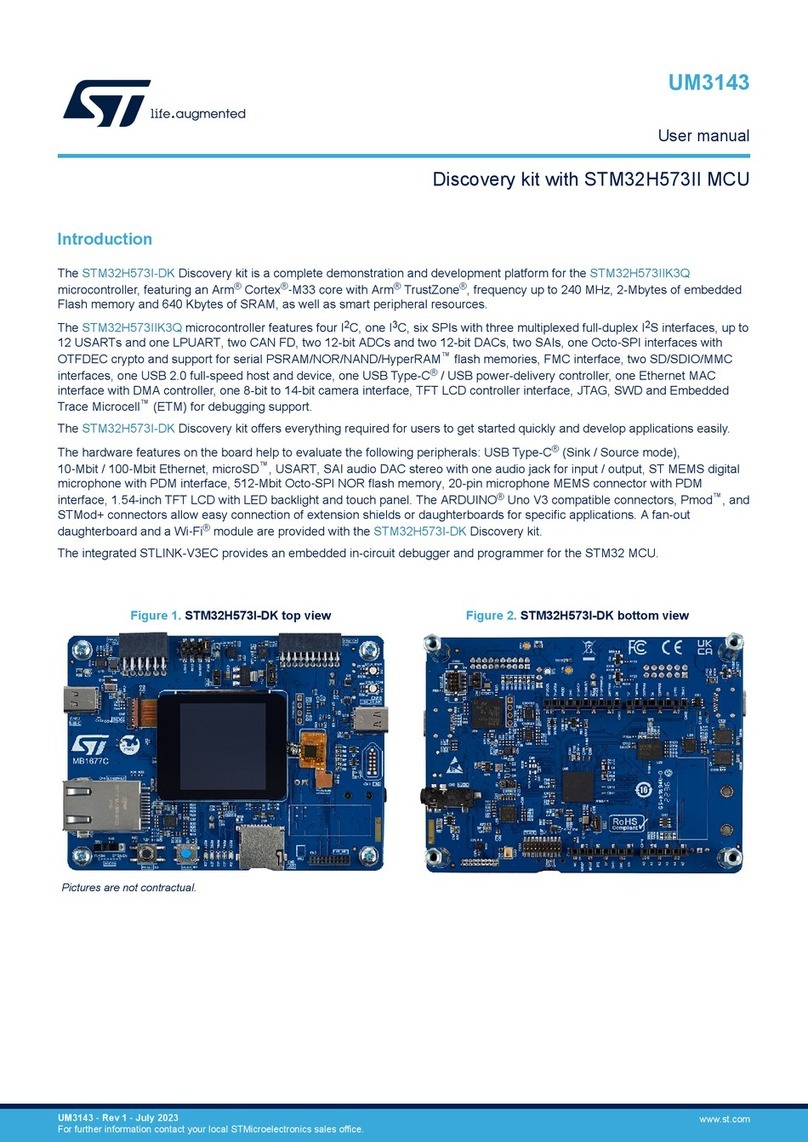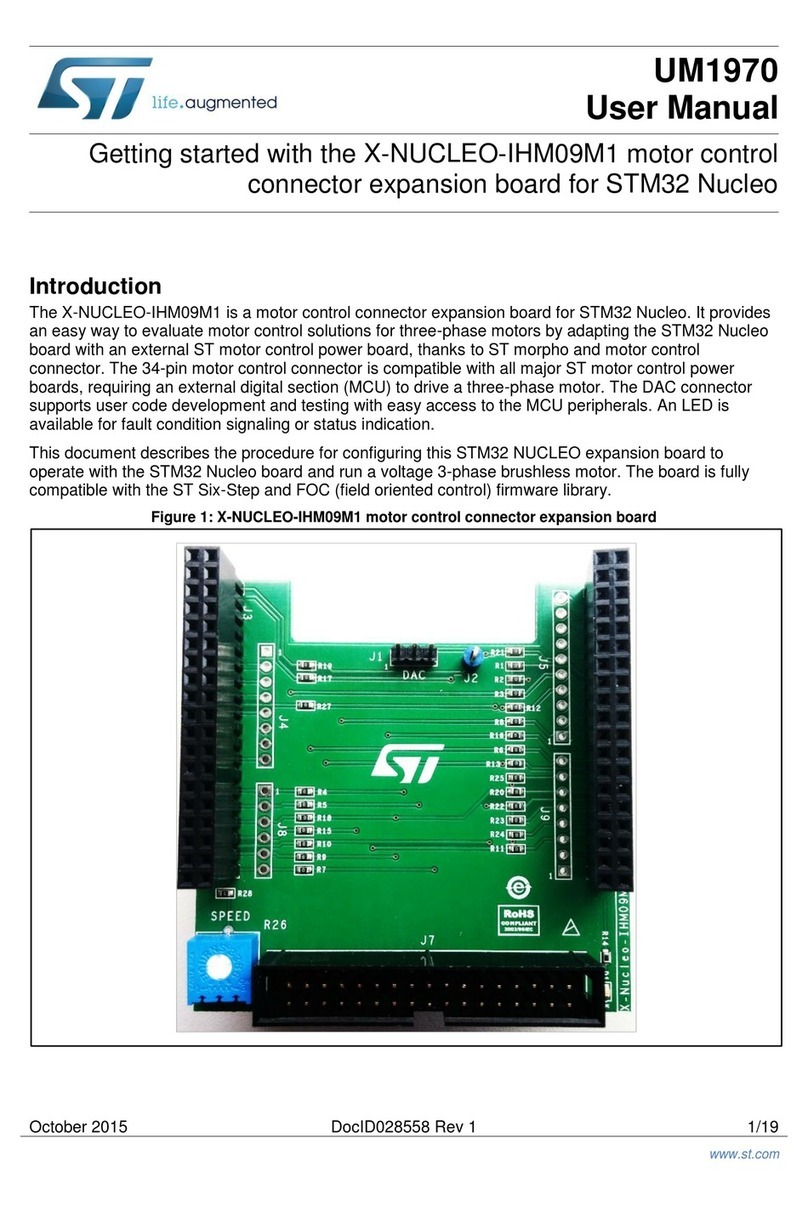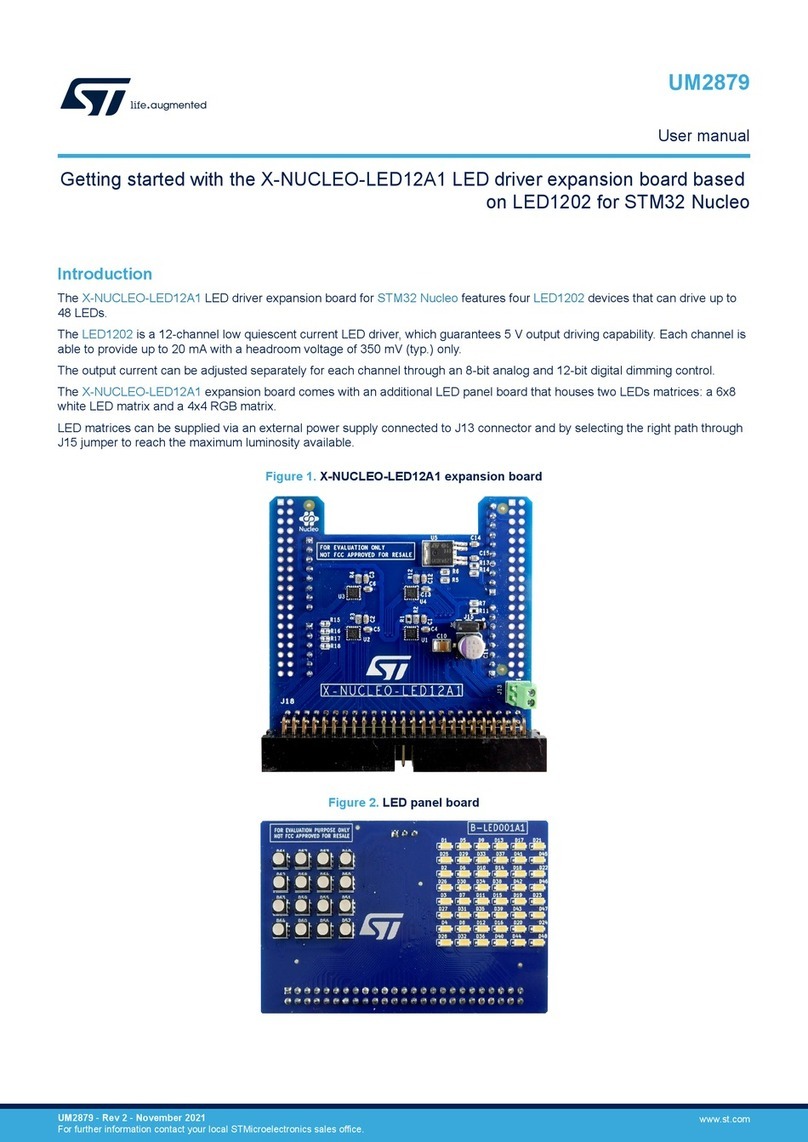ST X-NUCLEO-53L3A2 User manual
Other ST Computer Hardware manuals
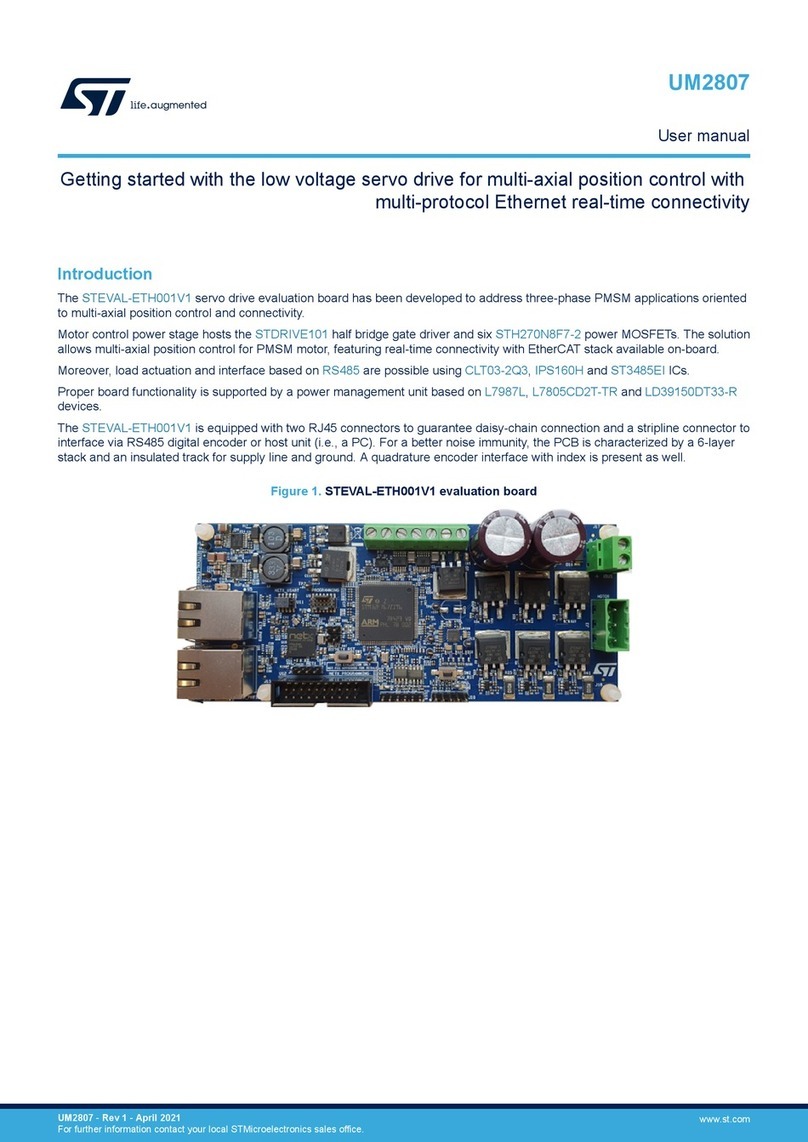
ST
ST STEVAL-ETH001V1 User manual
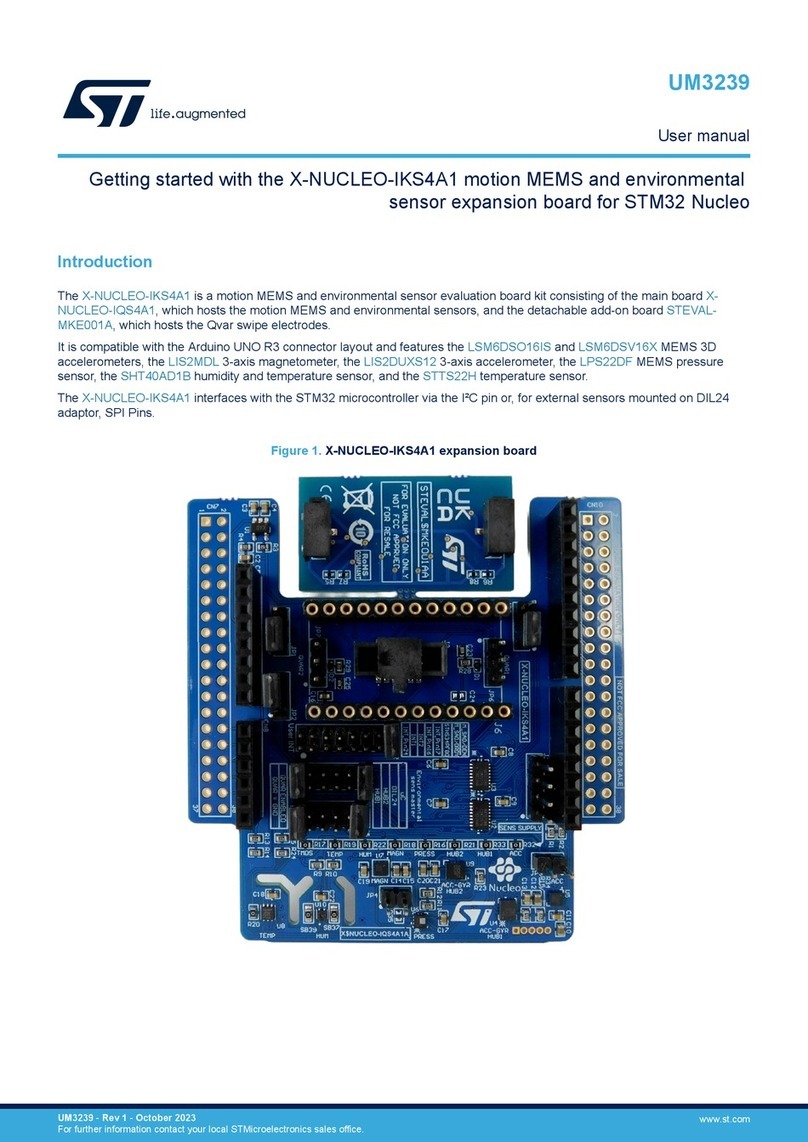
ST
ST X-NUCLEO-IKS4A1 User manual
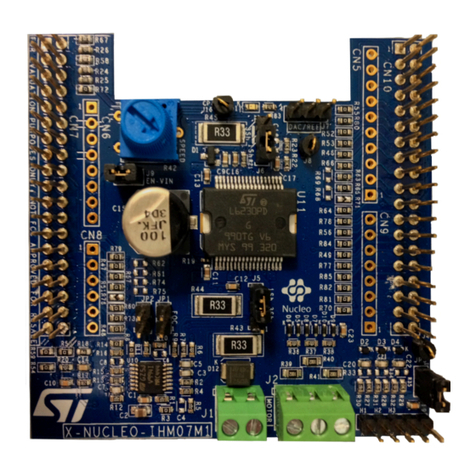
ST
ST X-NUCLEO-IHM07M1 User manual
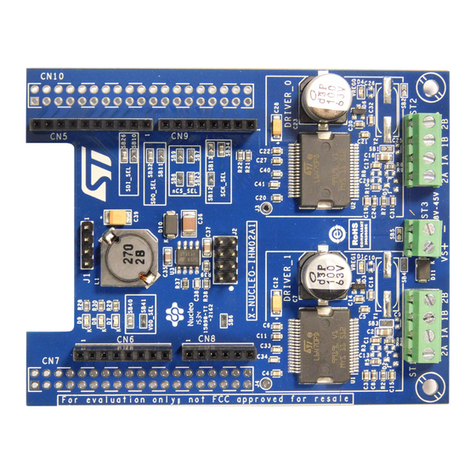
ST
ST X-NUCLEO-IHM02A1 User manual
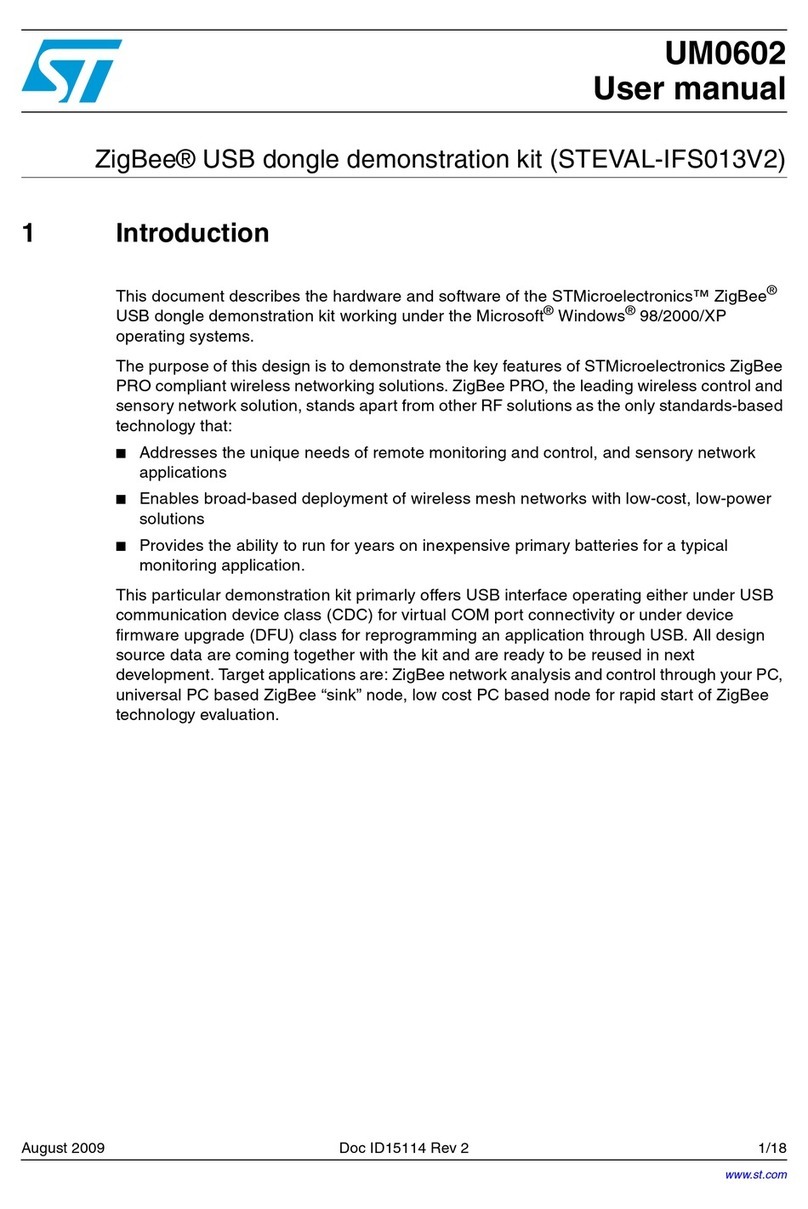
ST
ST STEVAL-IFS013V2 User manual
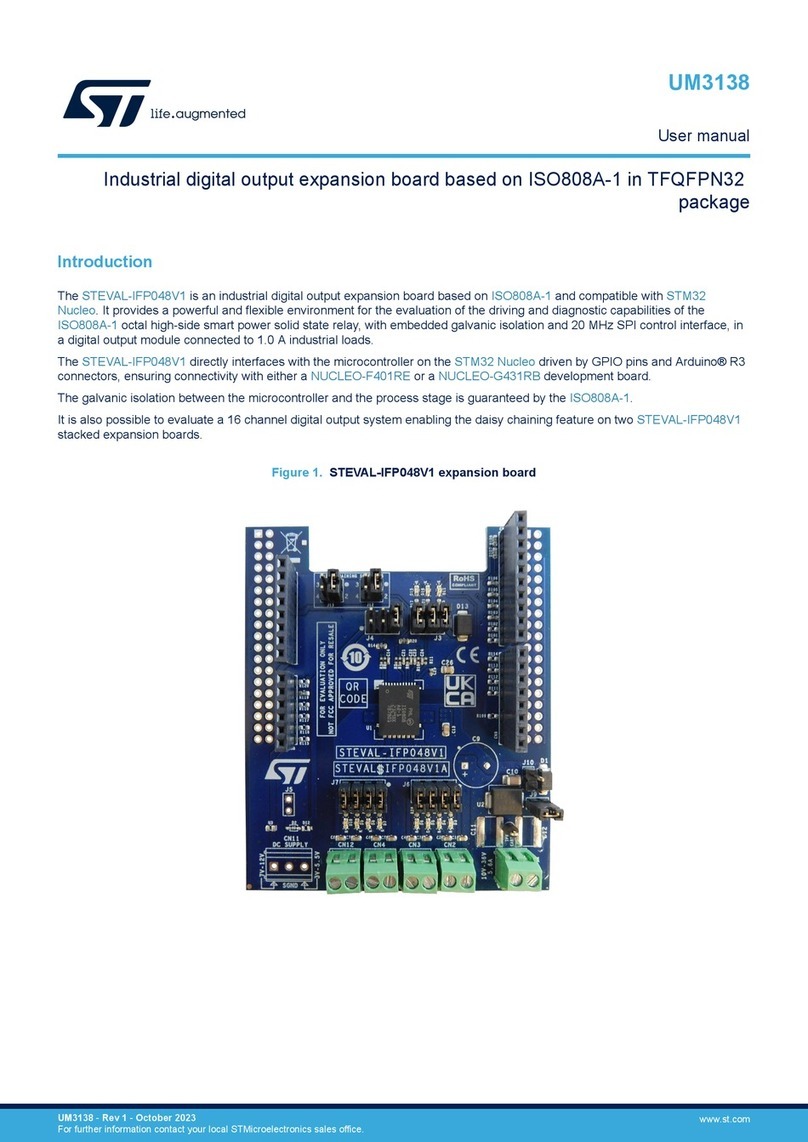
ST
ST STEVAL-IFP048V1 User manual

ST
ST HTSSOP38 User manual
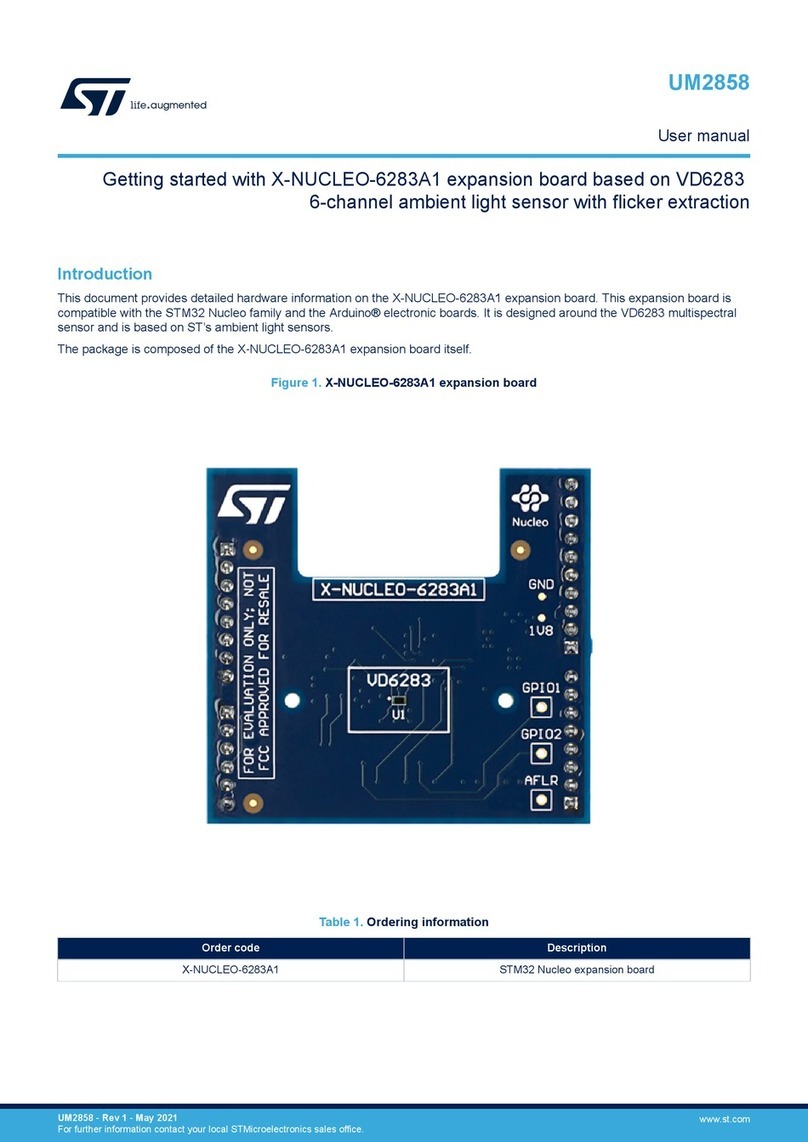
ST
ST X-NUCLEO-6283A1 User manual
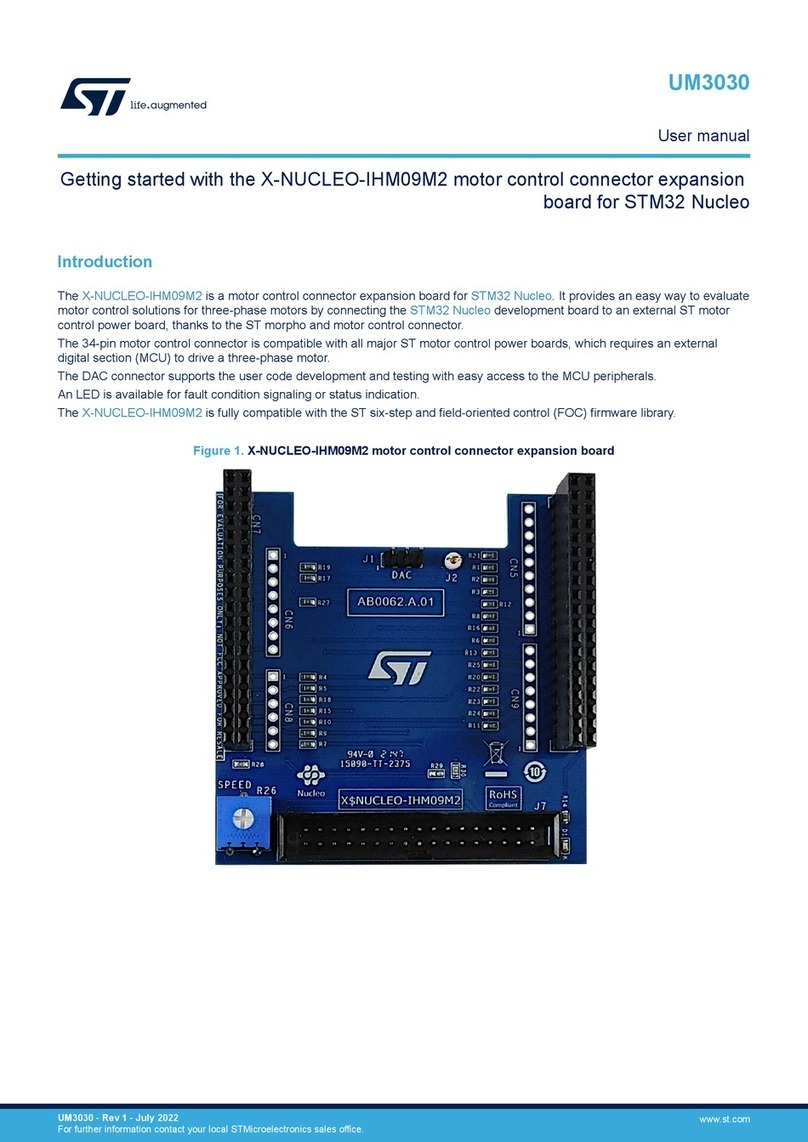
ST
ST X-NUCLEO-IHM09M2 User manual
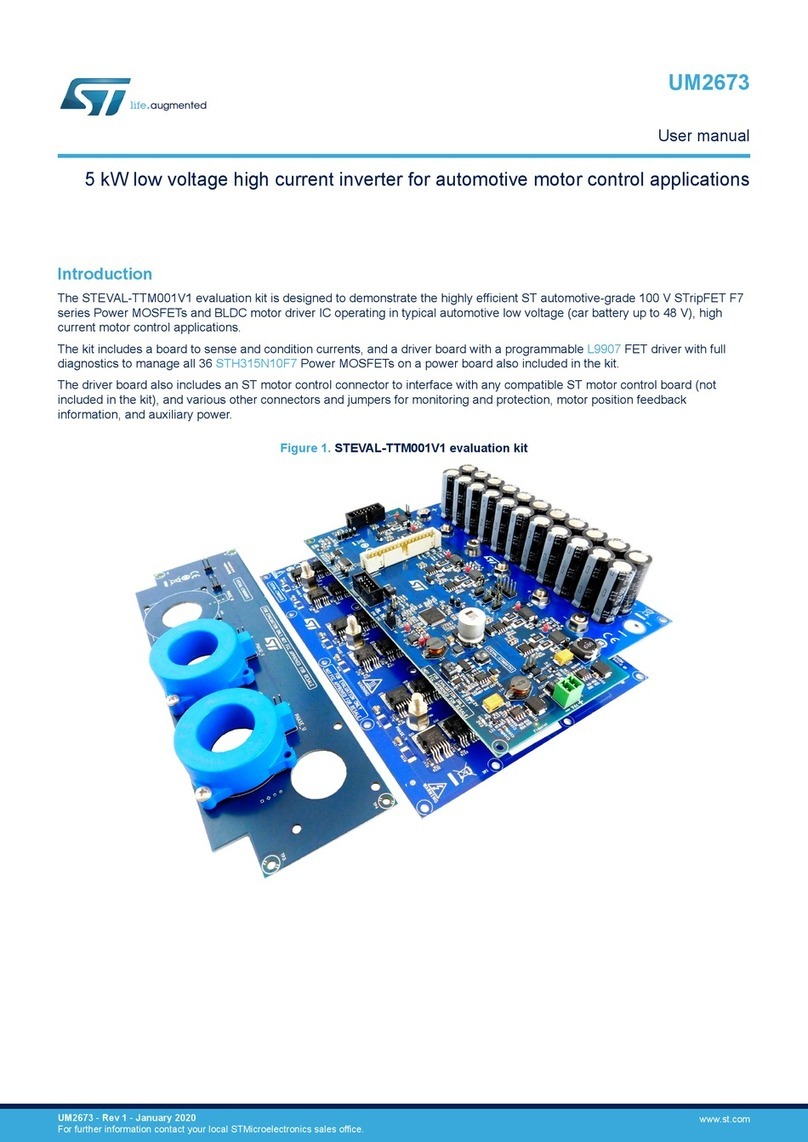
ST
ST STEVAL-TTM001V1 User manual
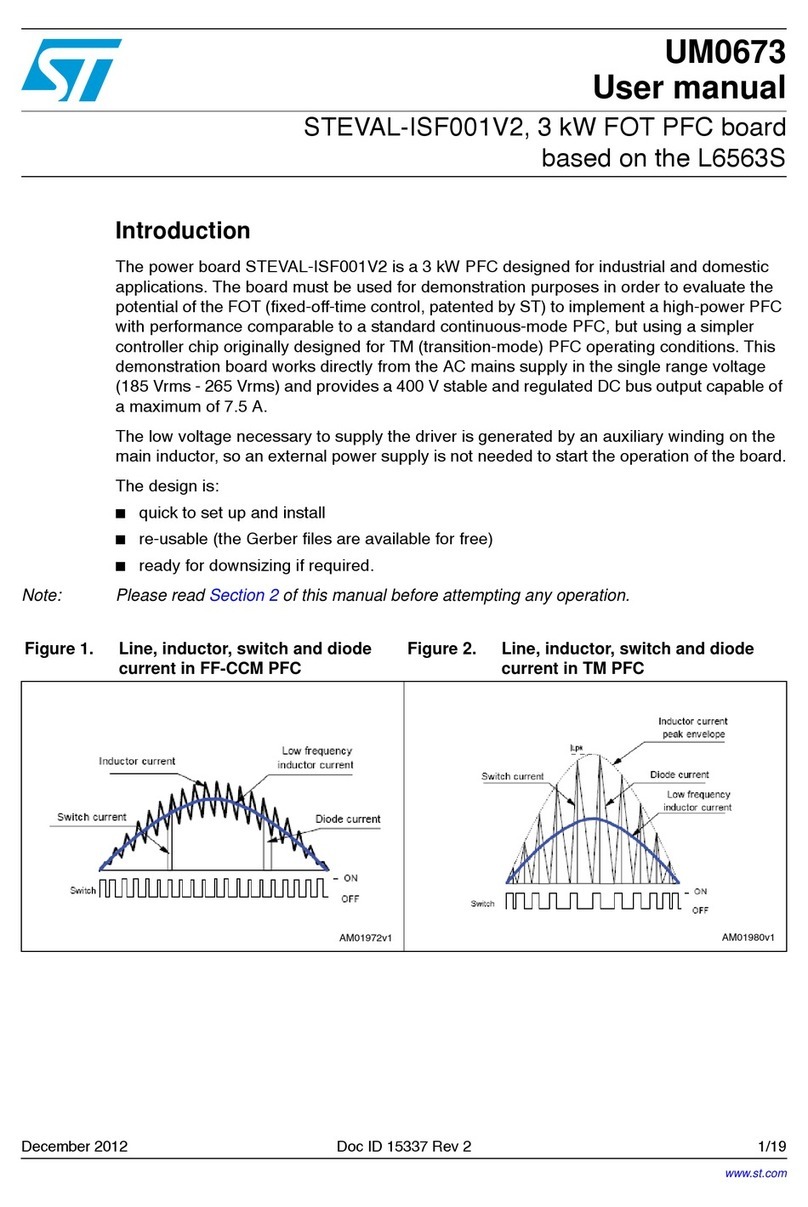
ST
ST STEVAL-ISF001V2 User manual
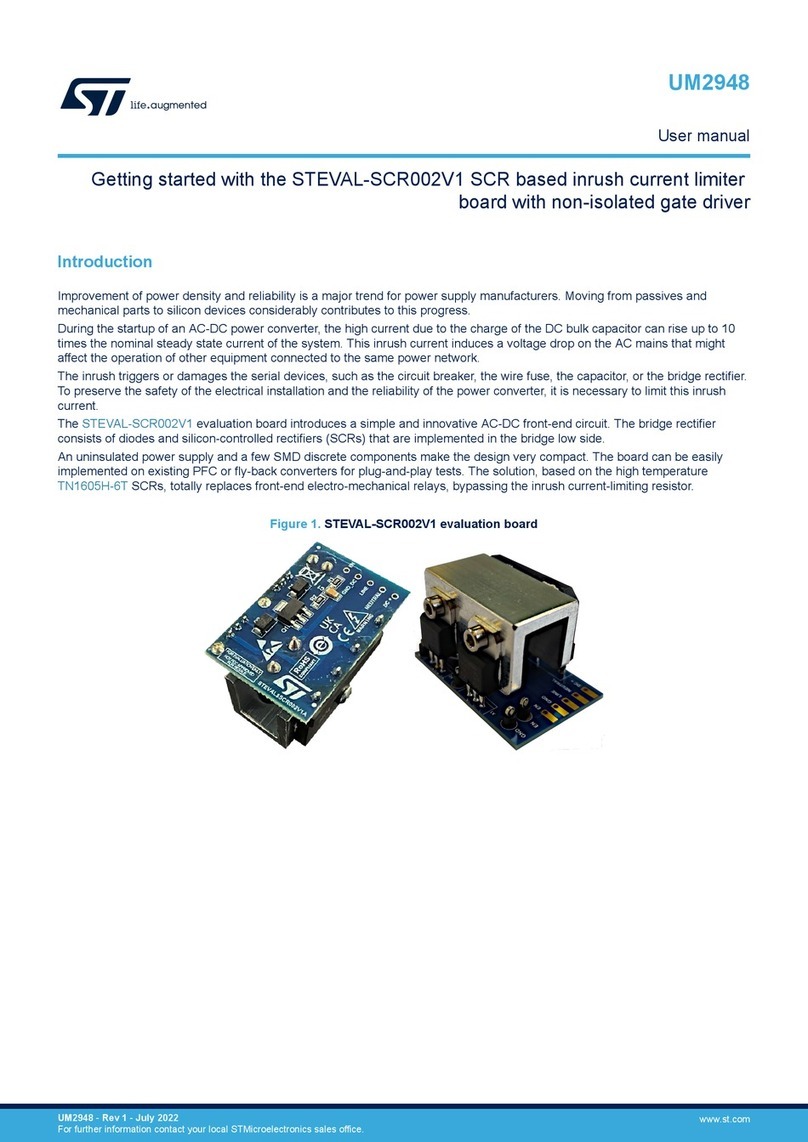
ST
ST STEVAL-SCR002V1 User manual
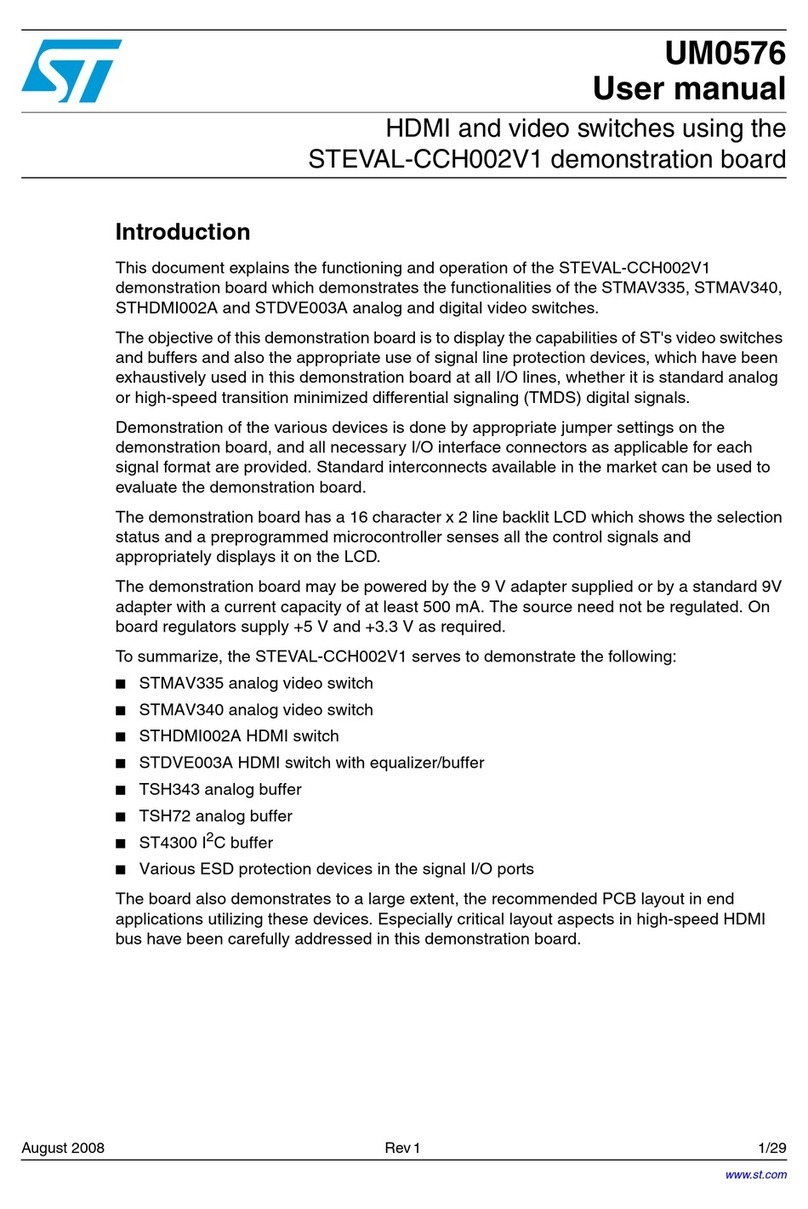
ST
ST STEVAL-CCH002V1 User manual
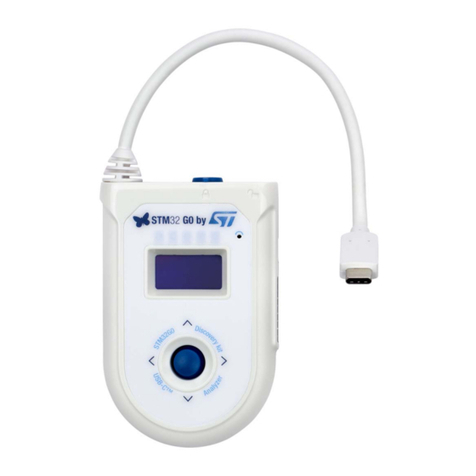
ST
ST STM32G071B-DISCO User manual
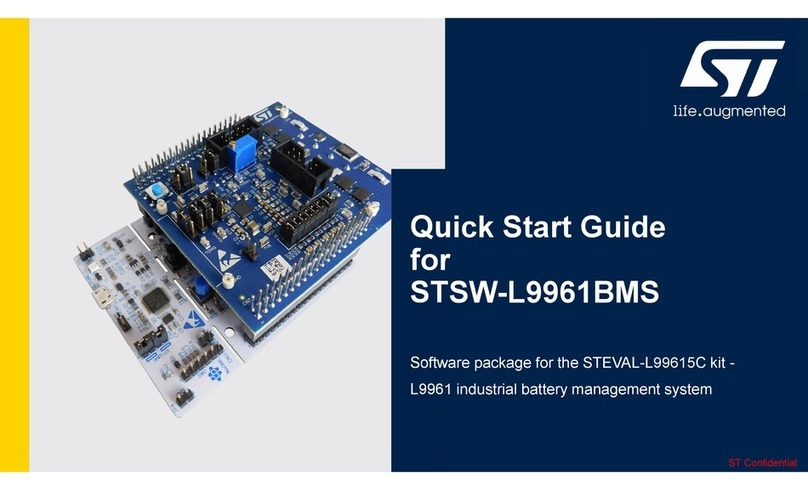
ST
ST STSW-L9961BMS User manual

ST
ST X-NUCLEO-IHM11M1 User manual
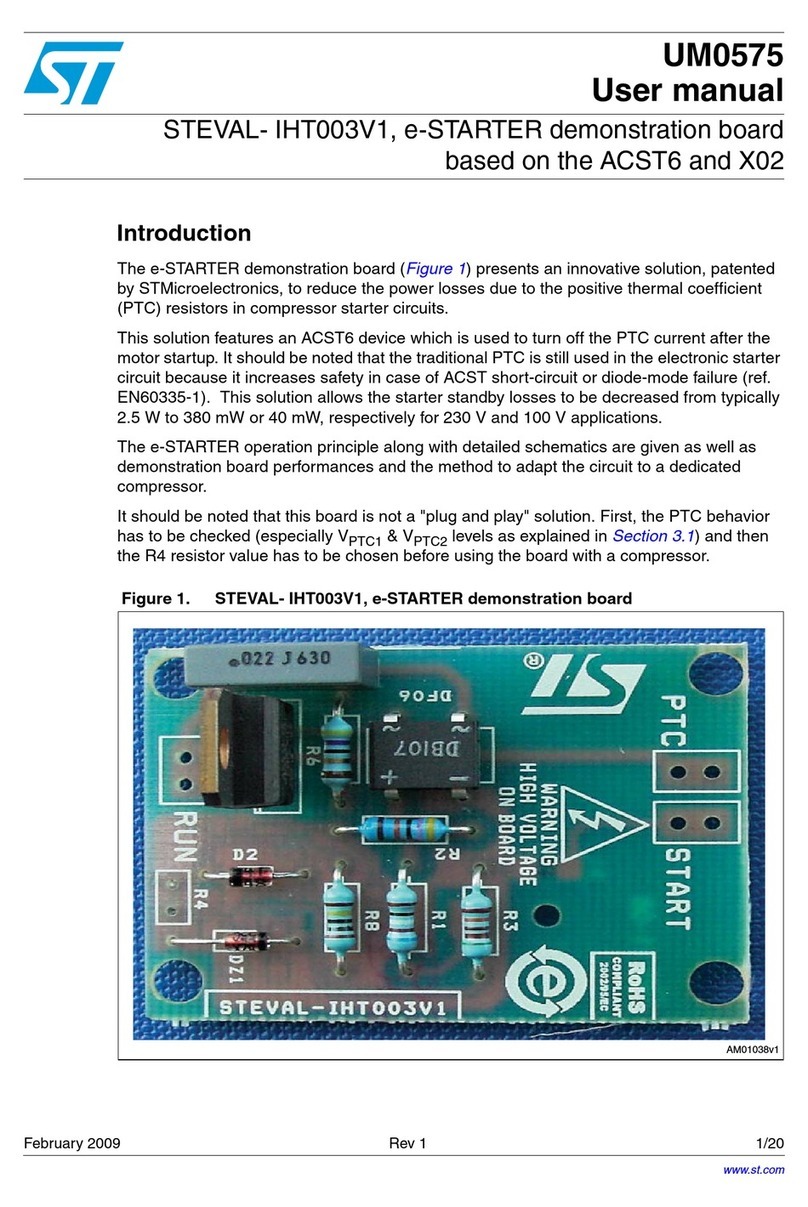
ST
ST UM0575 User manual

ST
ST STSW-ST25DV002 User manual
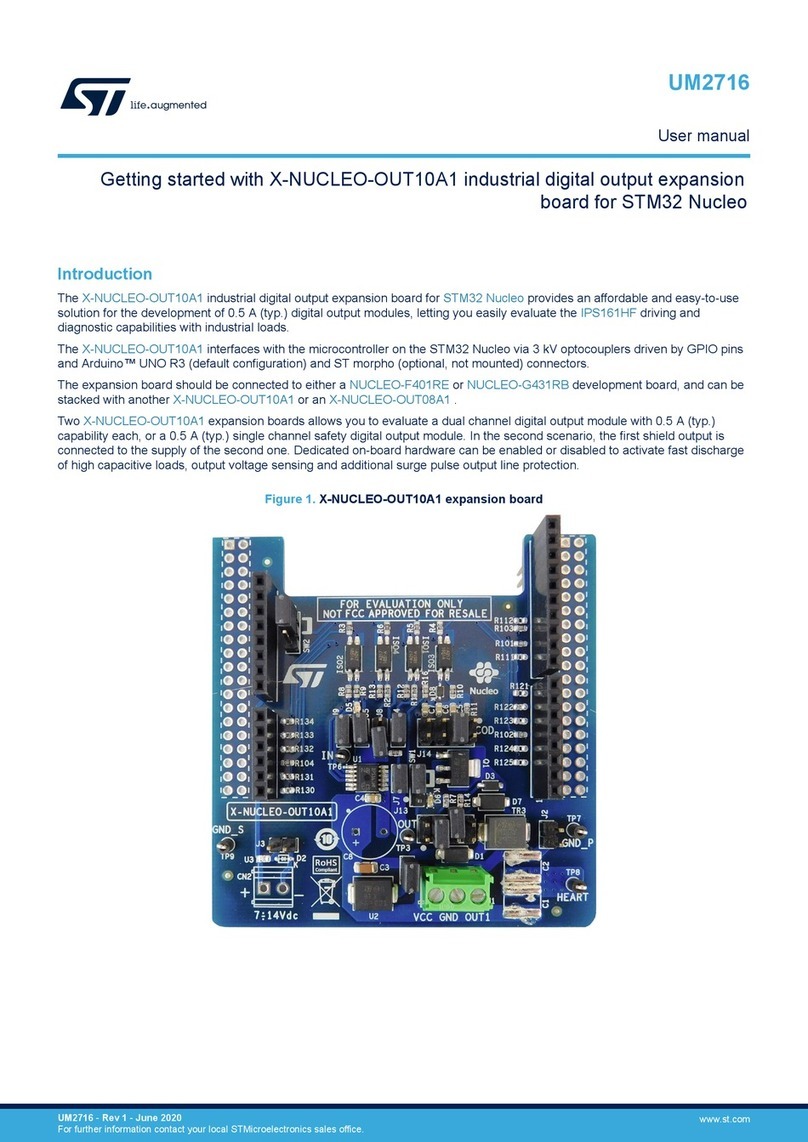
ST
ST X-NUCLEO-OUT10A1 User manual
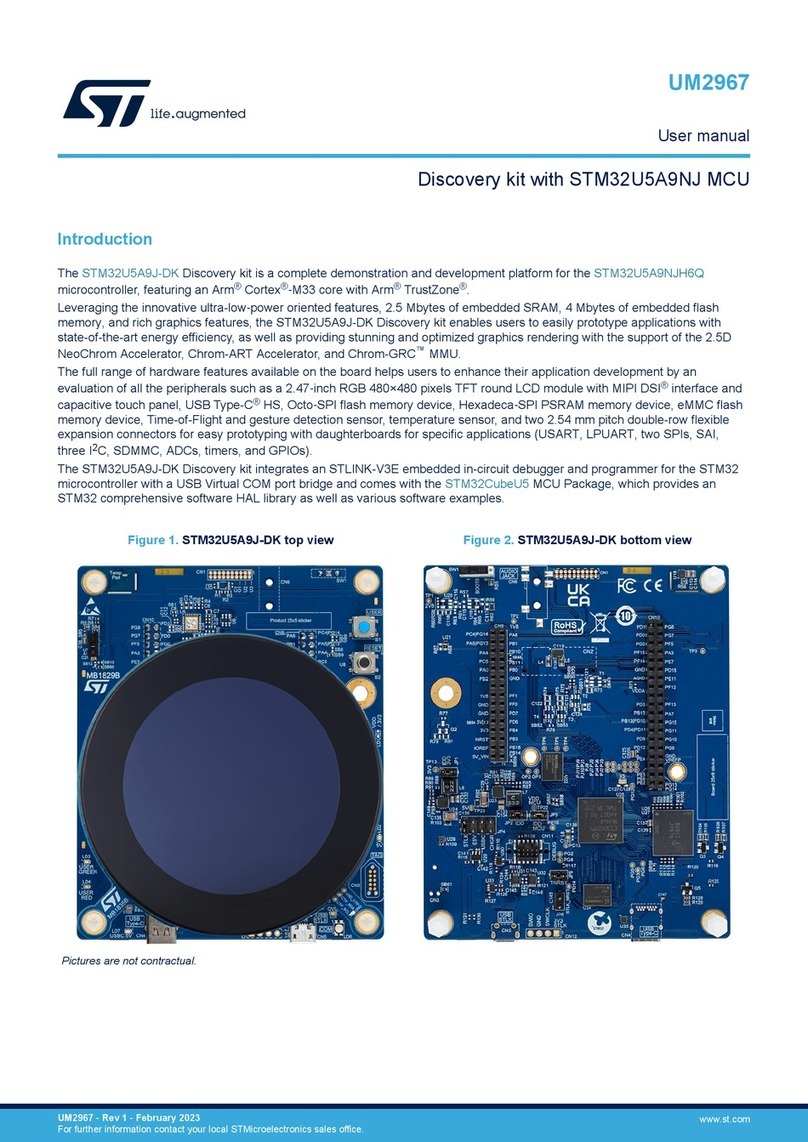
ST
ST UM2967 User manual
Popular Computer Hardware manuals by other brands

EMC2
EMC2 VNX Series Hardware Information Guide

Panasonic
Panasonic DV0PM20105 Operation manual

Mitsubishi Electric
Mitsubishi Electric Q81BD-J61BT11 user manual

Gigabyte
Gigabyte B660M DS3H AX DDR4 user manual

Raidon
Raidon iT2300 Quick installation guide

National Instruments
National Instruments PXI-8186 user manual

Intel
Intel AXXRMFBU4 Quick installation user's guide

Kontron
Kontron DIMM-PC/MD product manual

STEINWAY LYNGDORF
STEINWAY LYNGDORF SP-1 installation manual

Advantech
Advantech ASMB-935 Series user manual

Jupiter
Jupiter RAM PACK instructions
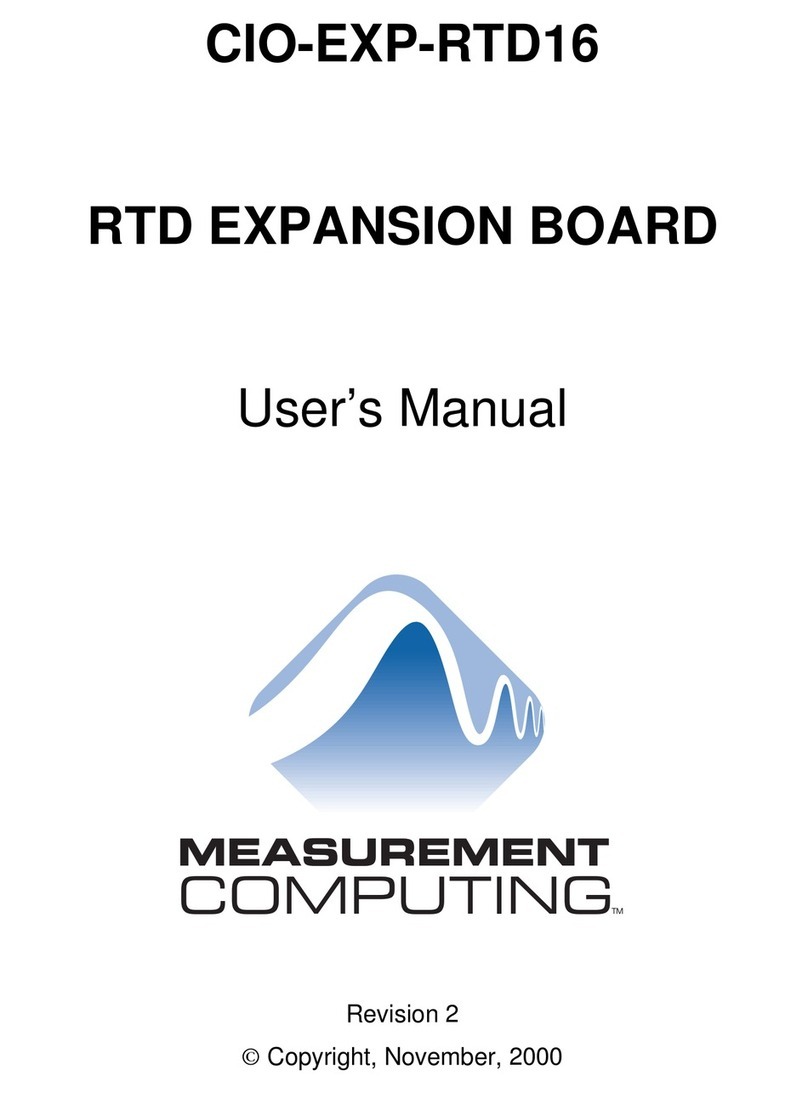
Measurement Computing
Measurement Computing CIO-EXP-RTD16 user manual

